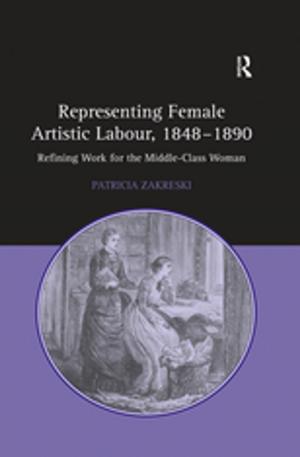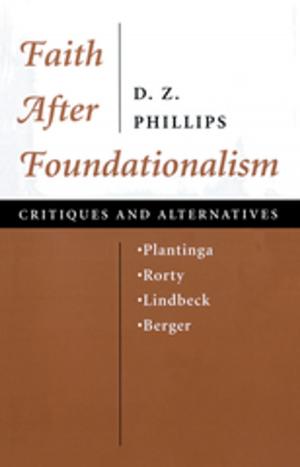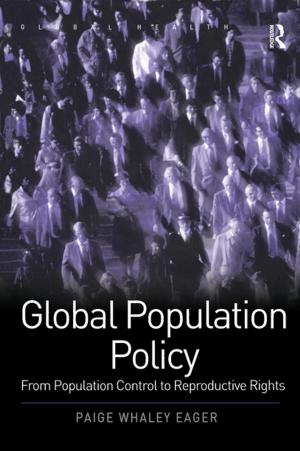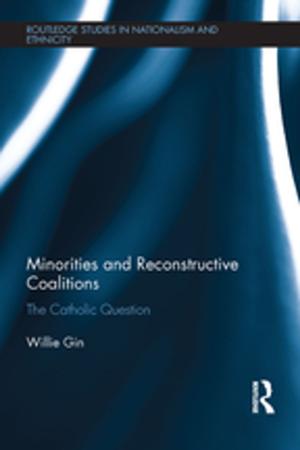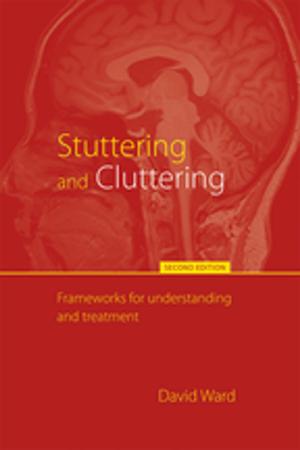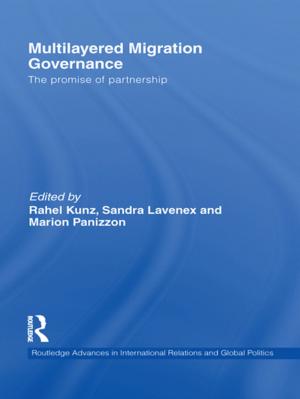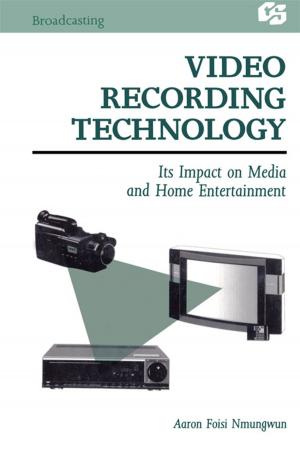Cleft Tongue
The Language of Psychic Structures
Nonfiction, Health & Well Being, Psychology, Mental Health| Author: | Dana Amir | ISBN: | 9780429911910 |
| Publisher: | Taylor and Francis | Publication: | May 11, 2018 |
| Imprint: | Routledge | Language: | English |
| Author: | Dana Amir |
| ISBN: | 9780429911910 |
| Publisher: | Taylor and Francis |
| Publication: | May 11, 2018 |
| Imprint: | Routledge |
| Language: | English |
This book is an attempt to analyse psychic language and its diverse modes of expression, both within psychic structure and in the interpersonal realm. It begins by looking at two basic forms of delay in the development of psychic language: concrete language, which is based on flattening, and pseudo-language, which is rooted in concealment. The next chapter focuses on the split between voice and meaning which marks psychotic syntax, and the latter's double function in defending the self against an unconscious death wish. The subject of the third chapter is the chameleon language of perversion, and the relationship between the perverse structure and the primal scene. This chapter is followed by one that suggests understanding autistic syntax as an inverse use of the psychic musical 'organ point'. The fifth chapter discusses the absent function of the inner witness in traumatic language. The sixth chapter discusses psychosomatic language through the distinction between metaphorical, metonymical and psychotic bodily expressions.
This book is an attempt to analyse psychic language and its diverse modes of expression, both within psychic structure and in the interpersonal realm. It begins by looking at two basic forms of delay in the development of psychic language: concrete language, which is based on flattening, and pseudo-language, which is rooted in concealment. The next chapter focuses on the split between voice and meaning which marks psychotic syntax, and the latter's double function in defending the self against an unconscious death wish. The subject of the third chapter is the chameleon language of perversion, and the relationship between the perverse structure and the primal scene. This chapter is followed by one that suggests understanding autistic syntax as an inverse use of the psychic musical 'organ point'. The fifth chapter discusses the absent function of the inner witness in traumatic language. The sixth chapter discusses psychosomatic language through the distinction between metaphorical, metonymical and psychotic bodily expressions.

